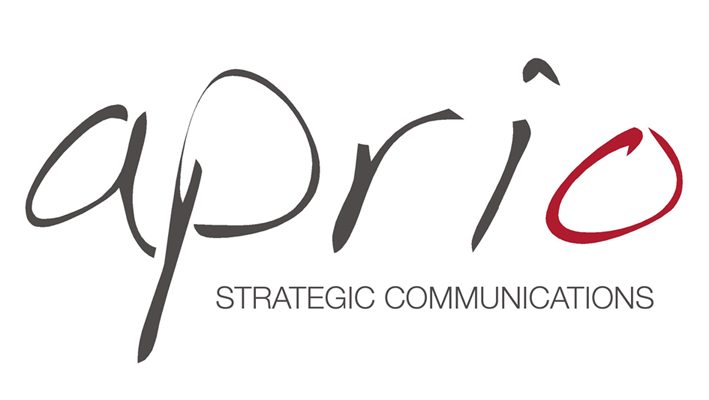KONY 2012, a short documentary produced by the nonprofit Invisible Children, went viral last week, racking up millions of views on YouTube and Vimeo and clogging up social media feeds everywhere.
The social media campaign called for the arrest of Joseph Kony, the Ugandan warlord responsible for kidnapping and abducting Ugandan children to turn them into child soldiers for the last three decades.
Last week, the issue became a trending topic on Twitter and Google, and the video grabbed more than 55 million views on YouTube. However, it also drew sharp criticism from people, who said the nonprofit simplified an issue, support military intervention, and misspends funds.
Of course, it didn’t take long for media to catch on, turning Invisible Children’s awareness campaign into a crisis communications challenge.
Ultimately, the organization has some important lessons to offer for everyone working in nonprofit PR when faced with a media storm.
1. Communicate immediately
In a crisis, the longer an organization stays silent the more they are perceived to be hiding.
Not long after Invisible Children’s video went viral, so did its critiques. On the same day, Jedediah Jenkins, director of idea development for Invisible Children, reached out to media to call the criticism “myopic” and said the video got young people fired up about an issue on the other side of the planet that doesn’t affect them.
By Thursday, the founders of Invisible Children were talking to major TV networks and online news sources promoting the video and speaking to concerns.
The social media campaign called for the arrest of Joseph Kony, the Ugandan warlord responsible for kidnapping and abducting Ugandan children to turn them into child soldiers for the last three decades.
Last week, the issue became a trending topic on Twitter and Google, and the video grabbed more than 55 million views on YouTube. However, it also drew sharp criticism from people, who said the nonprofit simplified an issue, support military intervention, and misspends funds.
Of course, it didn’t take long for media to catch on, turning Invisible Children’s awareness campaign into a crisis communications challenge.
Ultimately, the organization has some important lessons to offer for everyone working in nonprofit PR when faced with a media storm.
1. Communicate immediately
In a crisis, the longer an organization stays silent the more they are perceived to be hiding.
Not long after Invisible Children’s video went viral, so did its critiques. On the same day, Jedediah Jenkins, director of idea development for Invisible Children, reached out to media to call the criticism “myopic” and said the video got young people fired up about an issue on the other side of the planet that doesn’t affect them.
By Thursday, the founders of Invisible Children were talking to major TV networks and online news sources promoting the video and speaking to concerns.
2. Address specific concerns
Flooded by more traffic than it anticipated, Invisible Children’s website crashed temporarily on Wednesday. When it was restored in the evening, the site included an official point-by-point response to many of the critics’ “false and misleading information.”
The post doesn’t shy away from any accusations, addressing specific concerns with facts while taking into consideration its stakeholders’ context. It also includes detailed information about the organization’s financials and spending practices.
3. Include social media in your response
Invisible Children mainly uses social media and films to raise awareness, so it’s no surprise the organization immediately took to Twitter and Facebook to respond to stakeholders’ concerns, sometimes replying to people directly.
4. Have others speak for you
When crisis strikes, your credibility is automatically weakened. It doesn’t matter what the truth is—what matters is the public’s perceived truth. So, how do you regain credibility? Have a credible, outside source speak for you.
Within 24 hours of facing the online backlash, Invisible Children pointed to a video of a Ugandan woman affected by the LRA crisis address the critics. “I grew up in northern Uganda, I have been a sex slave, I was abducted as a child soldier and I know what it means,” Jolly Okot says in the video.
On the same day, Joseph Acaye, the former child abductee featured prominently in the film, spoke with The Guardian from Kampala, championing the organization’s efforts. Meanwhile, high-profile supporters of Invisible Children took to social media to drum up peer-to-peer support.
5. Ask for public input
Many brands have learned that asking for input on social media can quickly go awry due to its viral nature.
But Invisible Children is asking policymakers, fellow nonprofit workers, people affected by the LRA crisis, and the general public to work with them to improve Invisible Children’s work.
“We would like to encourage you, if you have critiques, to get specific: find facts, dig deeper, and we’ll gladly continue the conversation from there,” the organization writes. “If encountering something you disagree with, suggest an alternative to what we are doing- and we will absolutely take heed.”
Mike Duerksen is a communicator and copywriter. He also blogs at NonprofitPR, where a version of this story first appeared.

No comments:
Post a Comment